
Take a look at this collection of insects we’ve found out at the farm! All pictures are from 2014 forward, and were taken by a LaFarm worker. We’ll try to identify what we’re putting up here, and list whether it’s good or bad to have around.
- We believe this is a variety of Harlequin Beetle-known for mimicking the look of ladybugs. They are pests.
- This little fellow is a the larva of a ladybug. Very beneficial
- This is the larva of a Mexican Bean Beetle, a pest that loves all bean plants
- This is the caterpillar of a Black Swallowtail- definitely beneficial!
- This is some kind of Angelwing Butterfly. Here it is pollinating our common milkweed- one of its very beneficial activities.
- A Docile Italian Honeybee- one of our coworkers at the apiary. They are docile, but can sting if you get too close to the hive or a flower they’re enjoying.
- We don’t know what this little pal is, just that it was on the wall of our shed one day.
- This looks like some form of weevil-a very bad bug to have. Luckily, we haven’t seen many of these on the farm.
- A young harlequin beetle. This variety is mimicking the round ladybugs we all think of, whereas the longer types mimic the twelve spotted ladybug.
- A Purple Orb Weaver. These spiders, like most spiders, are really good to have on the farm. Also, they’re not poisonous, so that’s a plus. The orbs seen in the top left, are egg sacs.
- A praying Mantis. As with spiders and all carnivorous bugs, very good to have at the farm. This one was on campus though, unfortunately.
- A red caterpillar, which we have yet to identify. Also haven’t seen them in large numbers
- A round ladybug. Their longer name is Ladybird Beetles, the various members of this species are carnivorous, feeding on aphids and other awful bugs you don’t want. Great to have around!
- Another Ladybug Larva. As they age, their colors change until they pupate and morph into their adult form.
- A Japanese Beetle. These neon green and brown bugs are invasive (as their name might suggest) and are harmful pests.
- This shiny black little one is a flea beetle. They’re a big cause of damage as they will eat a plant until it can’t recover! They don’t like the heat, but they arrive on the farm before anything carnivorous, making them an awful infestation to deal with.
- This is known as the 12 spotted lady bug, and is beneficial like all lady bugs
- This white grasshopper-imitator is known as a leaf hopper, and they are harmful pests that will eat leaves. In fact, the whole family of grasshoppers are essentially locusts you don’t want around.
- This little orange and black beetle is a lightning bug (also known as the firefly.) Lampyridae are both pretty and beneficial!
- This is the evil squash bug, a large gray beetle which feeds on squash plants. Watch out though, there is a look alike with pointed shoulders that actually feeds on bugs like this. Look before you squish!
- A mature Colorado Potato Beetle
- A larva of the Colorado Potato beetle, an awful bug that will annihilate Potatoes and some other nightshades like Eggplant. You don’t want this invasive species around!
- A Western Striped Cucumber Beetle. These nasty critters eat all sorts of squash, and also come in a more yellow variety, as well as a yellow spotted variety
- Monarchs at the farm! Everyone loves these beneficial, migratory Butterflies.
- A bumble bee and a caterpillar on a bachelor’s button. Pollinators at work are always a good sight
- Another cucumber beetle, with different coloration
- A Black Swallowtail butterfly
- According to some, before many European honey bees were introduced to America, butterflies played a bigger role in pollination. They’re still beautiful and important to our ecosystem
- A Spring Moth of one kind or another. While some moths like cabbage moths (which look like this guy but smaller) are bad, others are good pollinators
- The Red Admiral
- This is a Silver-Spotted Skipper
- An American Lady on Pink Echinacea
- The other side of the American Lady
- This is actually a White-Spotted Sable Moth!
- This seems to be either a Tawny Emperor or a Meado Fritillary Butterfly on a Zinnia
- We don’t know what this moth is yet
- This is actually a False Duskywing Butterfly
- A wonderfully loud Cicada. These large beetles are responsible for the boisterous, repetitive clicking noise that is omnipresent in the outdoors of the northeast for the late summer and fall
- The underside of a Painted Lady. Butterflies have one pattern for their upperside and another for the underside of their hindwing.
- A Tomato Hornworm. These evil little caterpillars eat a huge amount of the tomato plant, and fast. You do not want these.
- This beautiful butterfly is most likely the Variegated Fritillary
- The caterpillar of the euchaetes egle, known as the Milkweed Tussock Moth
- A 4th instar Monarch Caterpillar on the Milkweed on LaFarm’s border.
- A beautiful Monarch on our Echinacea
- A Monarch Butterfly! Our first sighting of Monarchs this year (2015) was on the 31st of July.
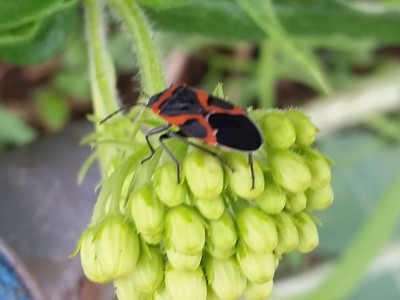
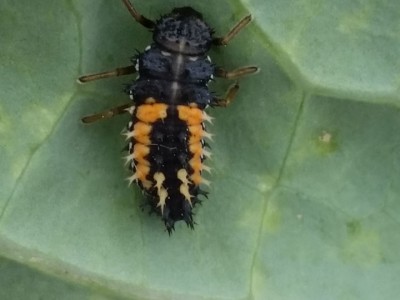

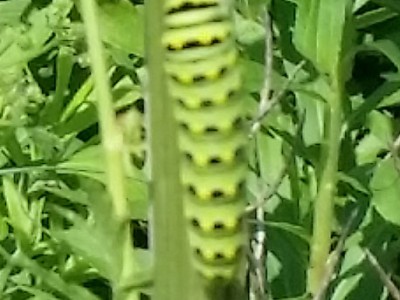
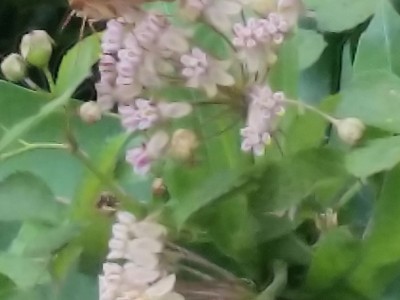
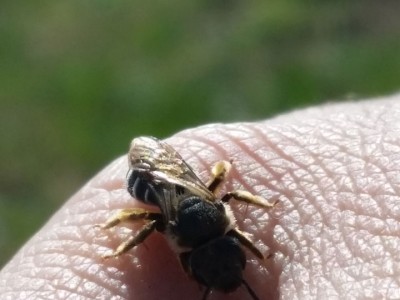
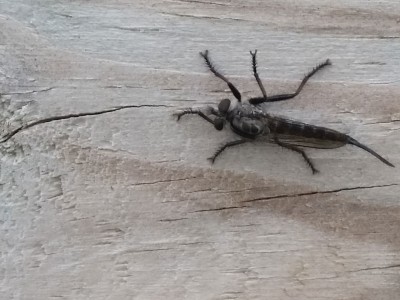
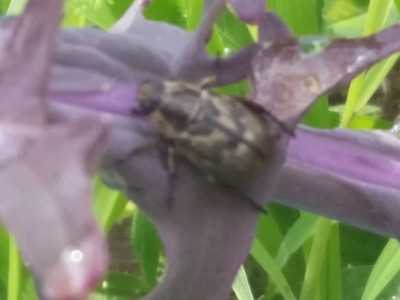
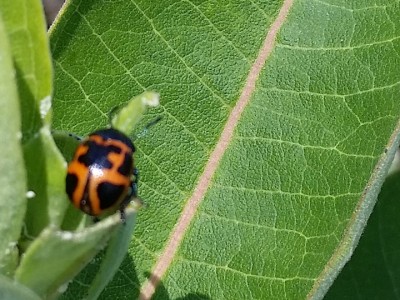
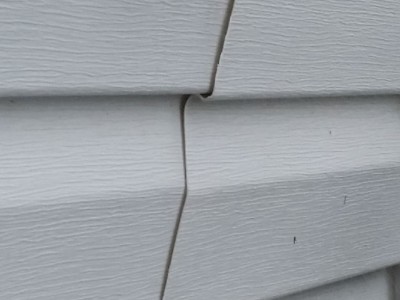
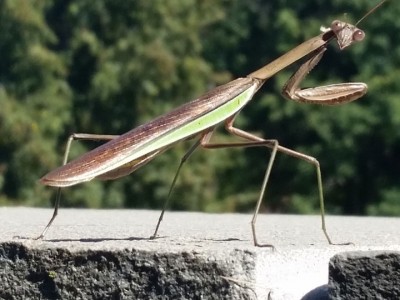
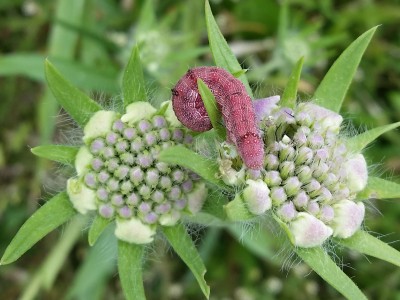
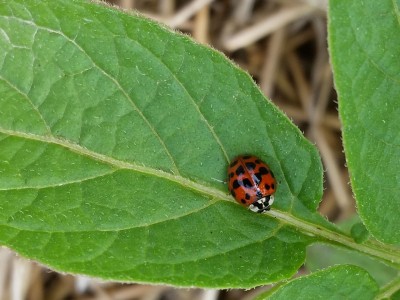
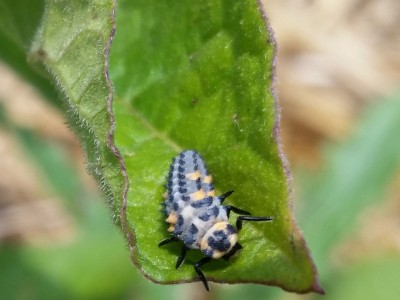
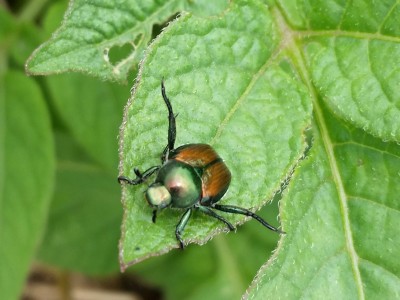

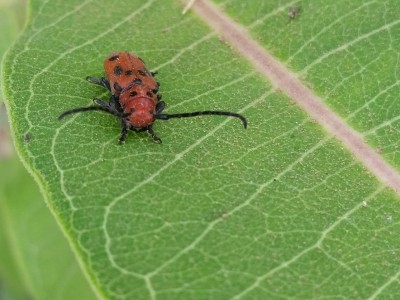
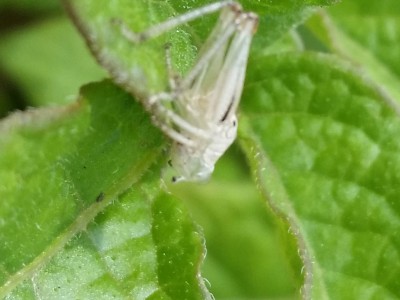

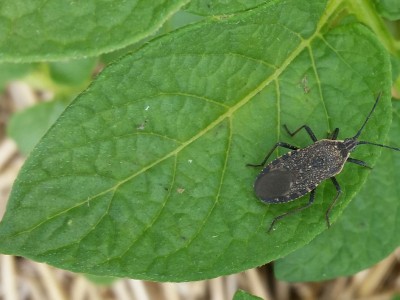
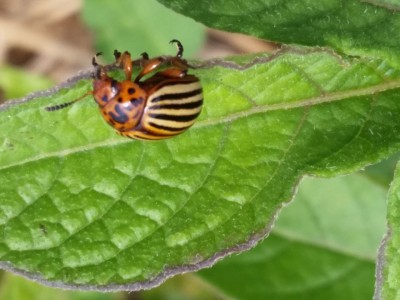
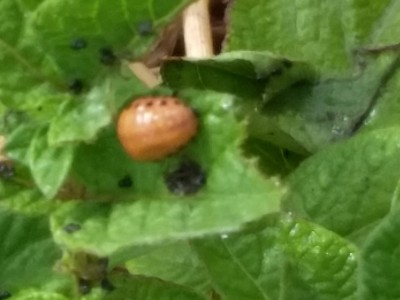
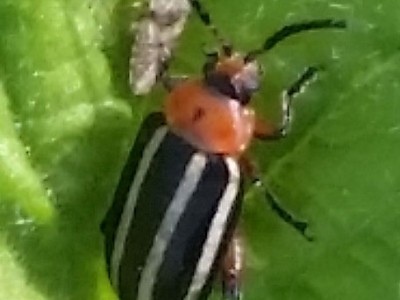
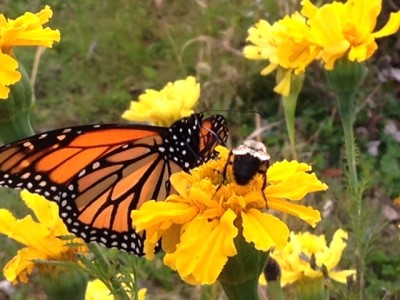
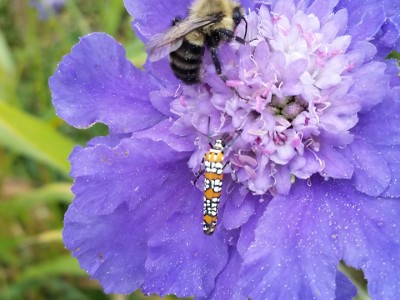
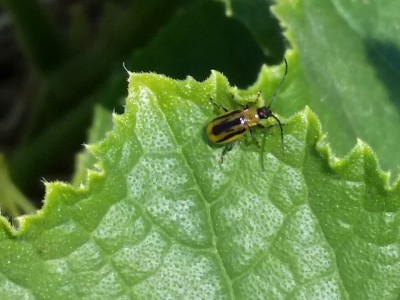
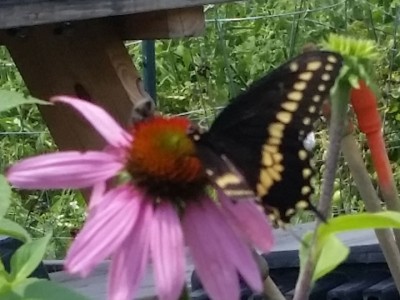
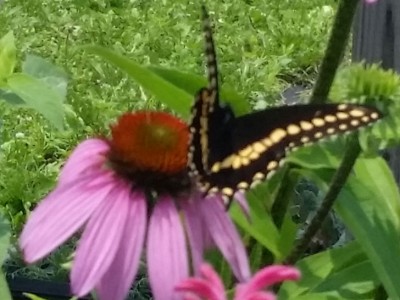
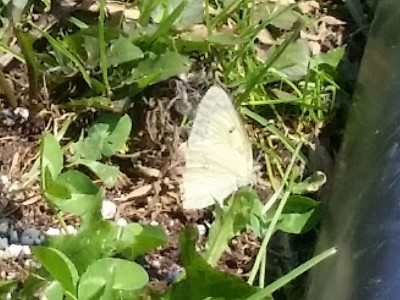
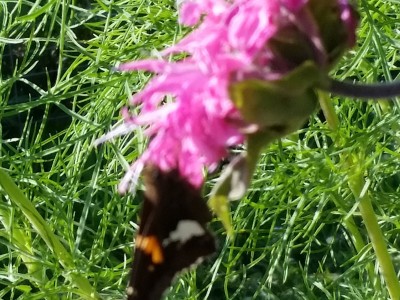
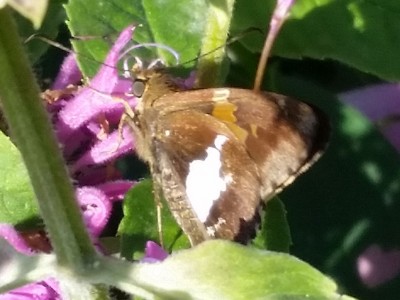
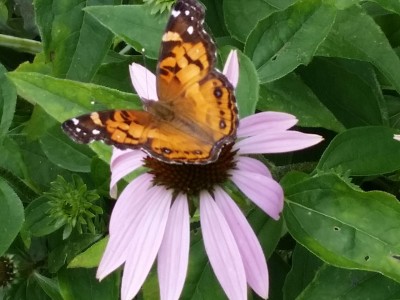

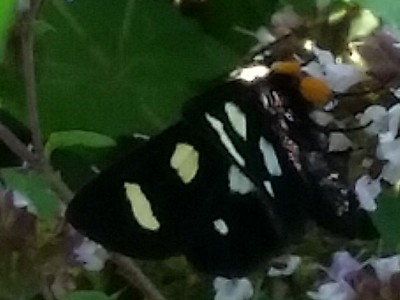
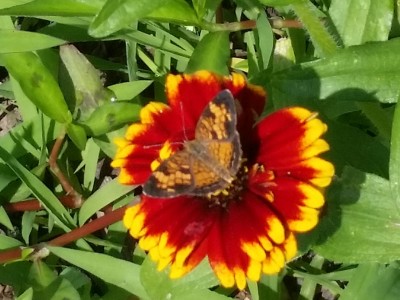
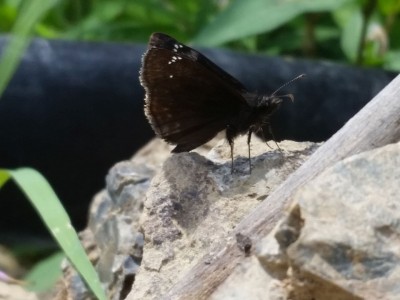
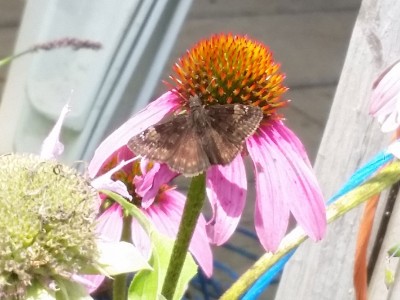
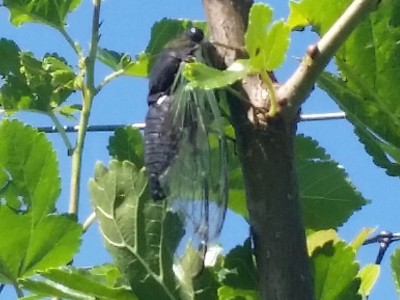
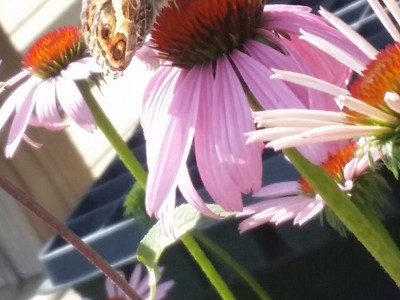
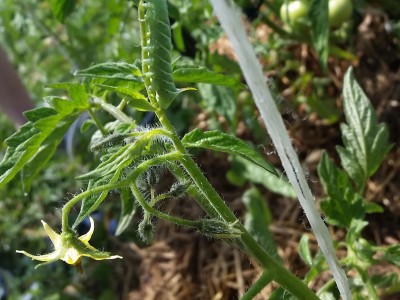
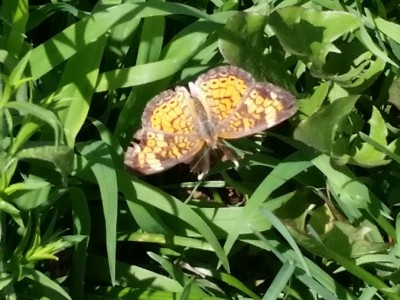
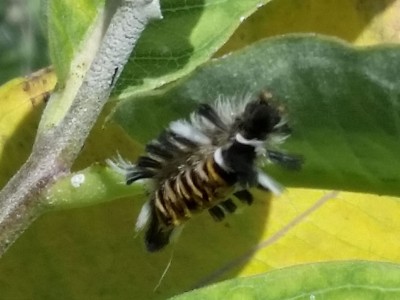
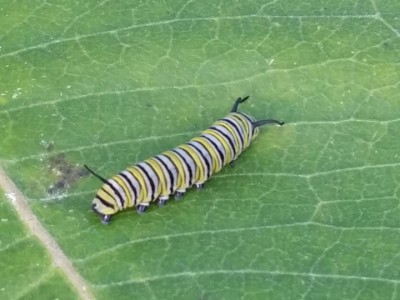
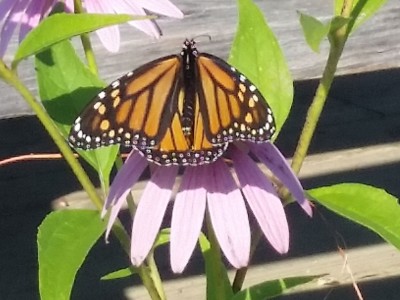
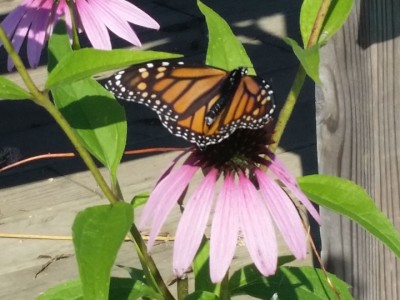
Top left photo is the milkweed bug. I’m pretty sure.